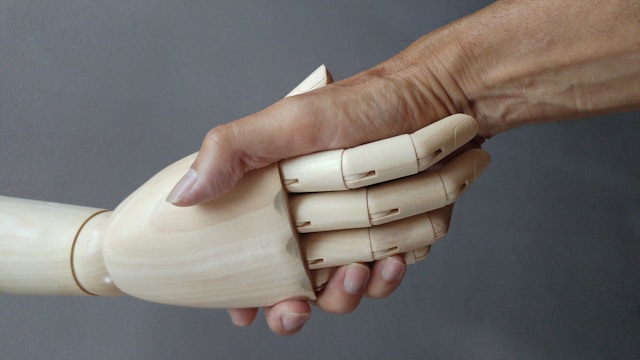


In Japan, the University of Tokyo, in collaboration with Waseda University, has developed an 18-centimeter-long arm made from human muscle tissue, capable of moving its fingers. This arm relies on fine muscle fibers grown in a nutrient-rich medium, integrated into a biocompatible polymer structure supported by thin cables. To enable effective motion, a technique was developed to wrap thin layers of muscle in a helical shape and assemble them into multiple muscle units, which are then installed in a cable-driven robotic frame.
Electrical stimulation is used to activate the muscles, allowing them to contract, pull the cables, and move the fingers in a way that mimics natural tendons. Such movement had never been possible in bio-robotics.
In Spain, the Institute for Bioengineering of Catalonia is working on developing more precise muscle stimulation systems using sensors and electrodes embedded within the tissue. This allows for localized stimulation similar to that of natural muscle activity. This technology is also used to study how muscle tissues respond to drugs and chemical compounds.
The Spanish institute relies on 3D bioprinting using a “bio-ink” composed of human cells and biocompatible materials. Their technology has evolved from printing simple shapes to functional human muscles with internally organized structures that replicate natural muscle fibers, enabling them to perform real muscular functions.
Despite these significant advances, several challenges remain. Chief among them are creating a vascular network within the tissue, achieving muscle control via neural signals, designing casings that maintain suitable environmental conditions such as temperature and nutrient supply, and scaling the constructs to accommodate full-sized muscles or organs.
These technologies open new horizons beyond prosthetic limbs. They could serve as accurate biological models for drug testing, potentially eliminating the need for animal trials and accelerating research and development in the medical field.
Source: Al-Nahar Newspaper